Introduction
3D printing is a technology that can create physical objects from digital models by depositing layers of material on top of each other. 3D printing can be used to create custom and innovative products, such as camera accessories, that can improve the functionality, performance, or appearance of your camera.
In this post, we will show you how to make money with 3D printing by introducing a case study of a designer who created a replaceable camera base plate for Leica M246, M240, M262 using 3D printing technology. We will also discuss the benefits of 3D printing camera accessories and outline the steps to make money with them.
The designer’s name is Dongjiu, and he is a master’s degree graduate from MFA, majoring in industrial design. He is also a video blogger on the Internet. He has designed many camera accessories like square lens hood, battery storage box, camera quick release platform, desk headphone holder, key line detachable module USB Port, etc. Here in this post, we will introduce one of them.
The Problem: The Original Base Plate Design of Leica M246, M240, M262
If you are a Leica fan, you may be familiar with the base plate design of some of their cameras, such as the M246, M240, and M262 models. These cameras have a base plate that needs to be opened in order to change the battery or the memory card. This design was inspired by the original Leica I camera from 1925, which had a similar base plate that needed to be removed to load the film. Some Leica fans appreciate this design as a homage to the history and tradition of Leica, while others find it inconvenient and cumbersome. You will need a small screwdriver, a pair of tweezers and other tools to remove the base plate and take out the battery and memory card.
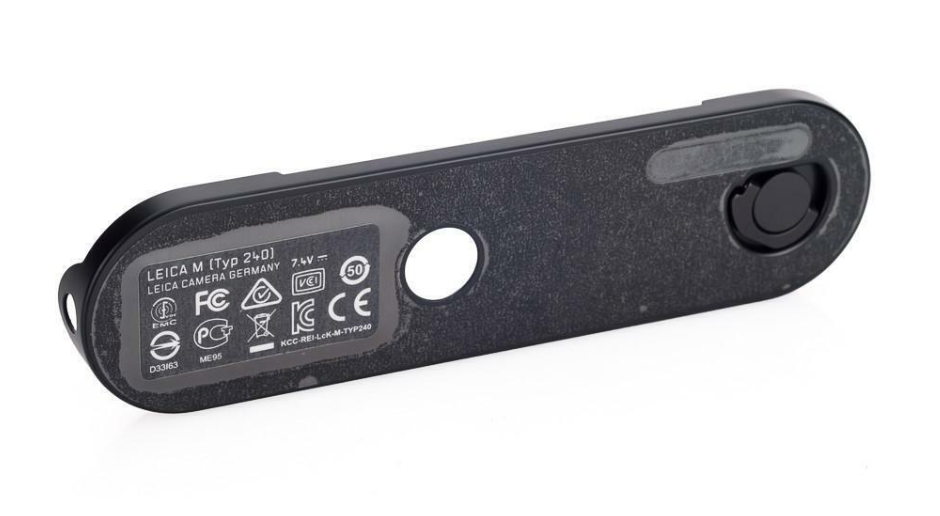
The Solution: A Replaceable Base Plate for Leica M246 Monochrom Using 3D Printing Technology
One designer decided to solve this problem by creating a replaceable base plate for his Leica M246 Monochrom using 3D printing technology. His base plate looks like a replica of the original one, but it is 6mm thicker. It has a magnetic cap using N52 magnets, so he can easily open it and take out the battery and SD card. The cap will not be easily opened unless he intentionally opens it. The camera can automatically detect the new base plate. Also, the new base plate has a secret place to store an extra SD card. It has four screw holes so he can fix it onto a quick-release platform or tripod.
The designer used PETG-CF as the material for his base plate. PETG-CF is a carbon fiber reinforced PETG filament that offers high strength, stiffness, and durability. It is also resistant to heat and chemicals. The designer used an online 3D printing service to print his base plate, as he did not have access to a 3D printer that could handle PETG-CF material. He chose a service that offered high-quality printing, fast turnaround, and reasonable price.
The Benefits: Improved Usability and Functionality of the Camera
The designer was very satisfied with his 3D-printed base plate. He said that it improved the usability and functionality of his camera, as well as added some style and personality to it. He also received many compliments and inquiries from other Leica users who saw his base plate and wanted to buy one for themselves.
Some of the benefits of his 3D-printed base plate are:
- Convenience: He can easily change the battery and SD card without needing any tools or removing the base plate completely.
- Security: He can store an extra SD card in a hidden compartment inside the base plate.
- Compatibility: He can attach his camera to any tripod or quick-release platform using the four screw holes on the base plate.
- Aesthetics: He can customize the color and appearance of his base plate to match his camera and personal taste.
The Results: Making Money with 3D-Printed Camera Accessories
The designer decided to sell his 3D-printed base plate online through various channels, such as social media, blogs, websites, online marketplaces, etc. He set a fair price for his base plate and offered various payment and delivery options to his customers. He also provided customer service and feedback to improve his reputation and loyalty.
The designer was able to make money with his 3D-printed camera accessory by using his creativity and skills. He identified a problem that many Leica users faced and came up with a solution that was innovative and practical. He used 3D printing technology to create his accessory with high quality and efficiency. He also marketed and sold his accessory to other Leica enthusiasts who appreciated his design and craftsmanship.
Conclusion
This is just one example of how a designer can make money with 3D printing camera accessories. There are many more possibilities and opportunities for creating custom and unique accessories that can enhance your photography experience and help you capture better shots from anywhere. You can also use 3D printing technology to experiment with different shapes, colors, and functions for your accessories. You can also design your own accessories from scratch or use online platforms or software to create them.
If you need a reliable and affordable 3D printing service to print your camera accessories or any other products, you can check out FacFox’s 3D printing services. FacFox is a leading online platform that offers various types of 3D printing technologies, materials, and finishes. You can upload your 3D files, choose your options, and get an instant quote. FacFox will print your products with high quality, fast delivery, and competitive price.
We hope you enjoyed this post and found it useful. If you have any questions or comments, feel free to leave them below. Happy 3D printing!

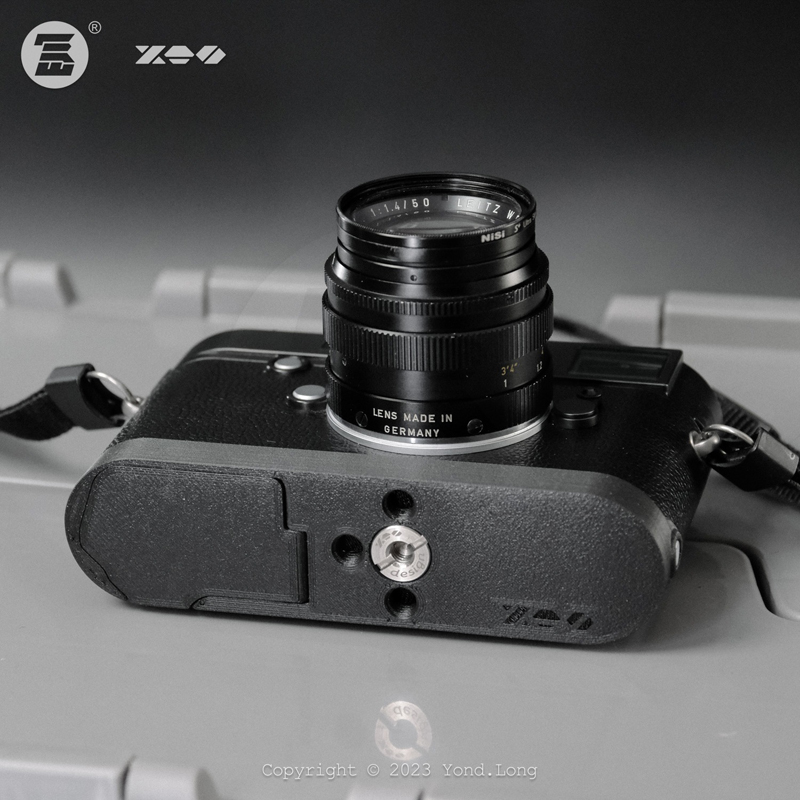
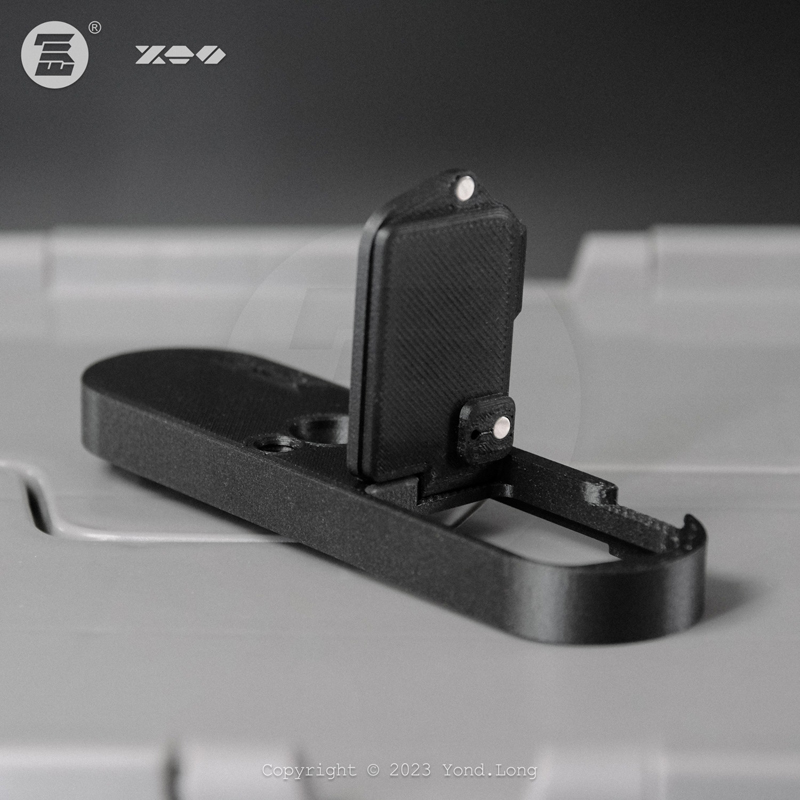
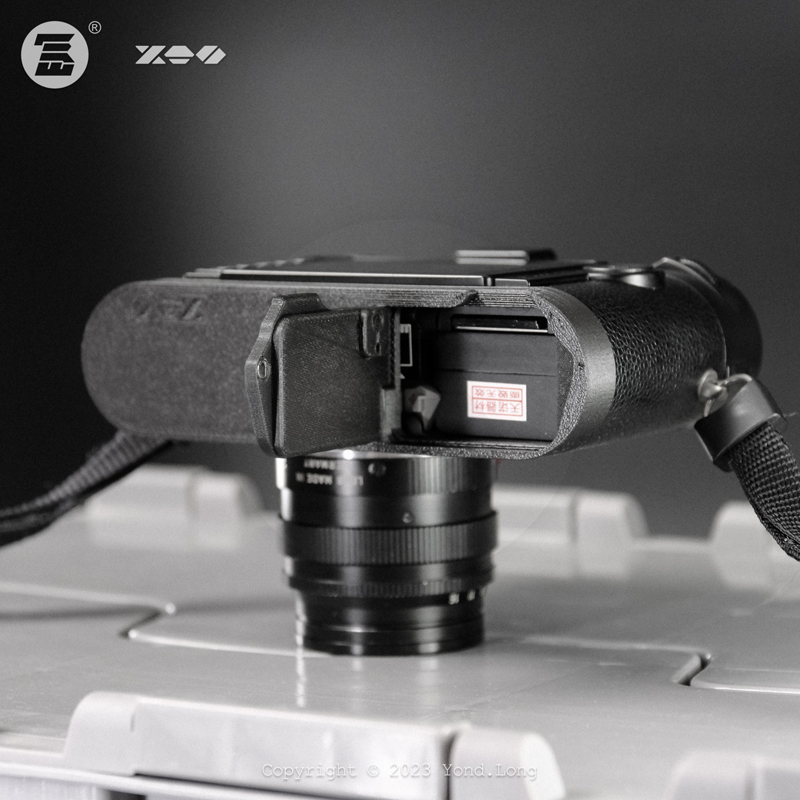
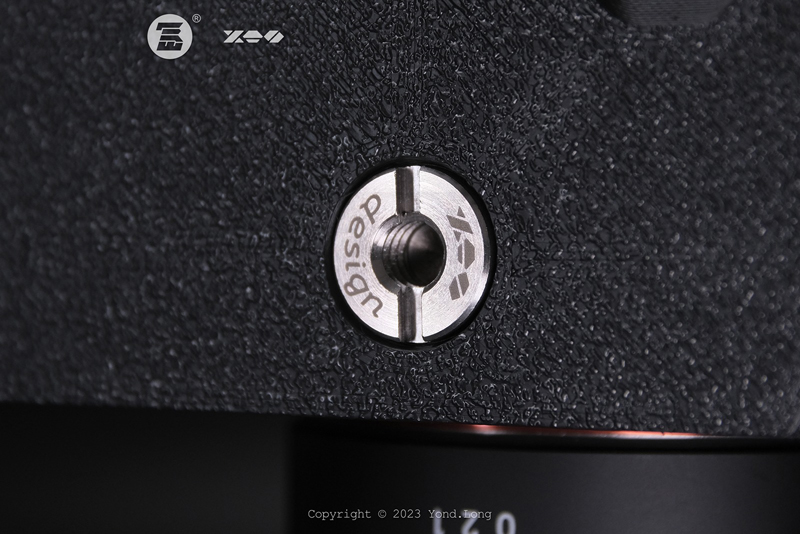
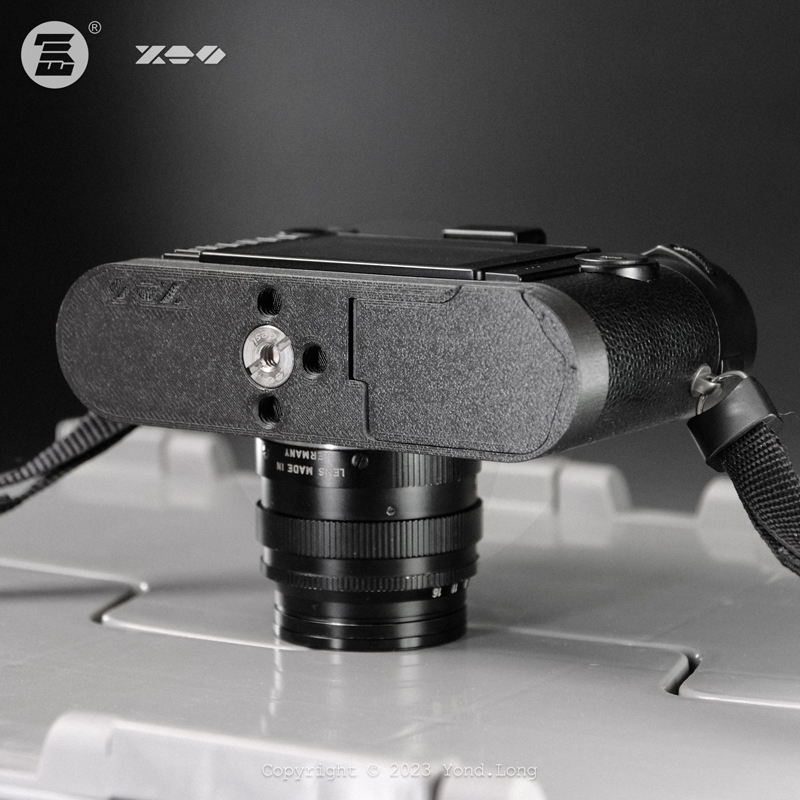
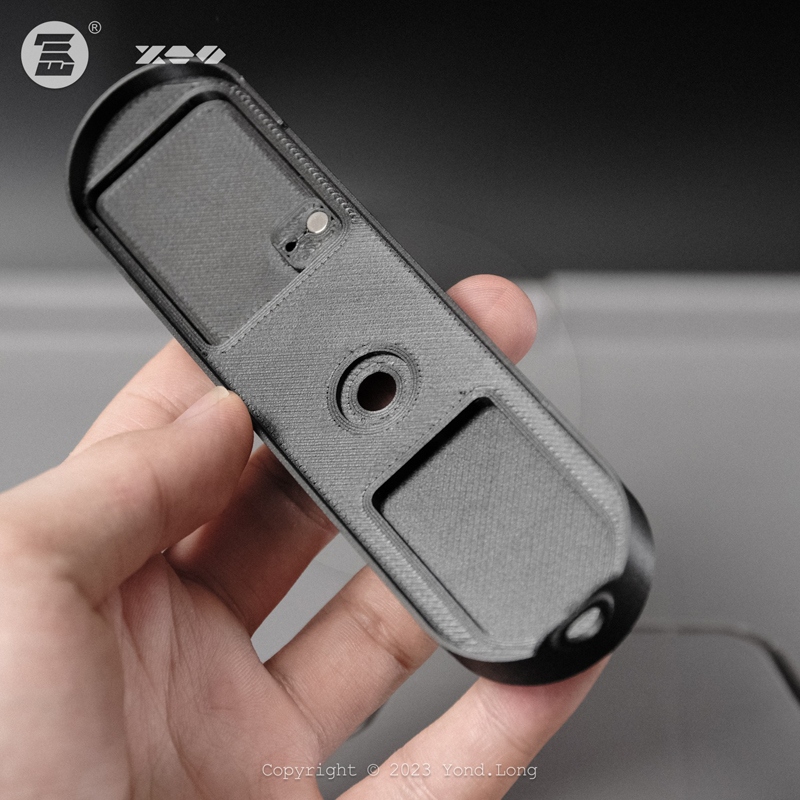
Leave A Comment